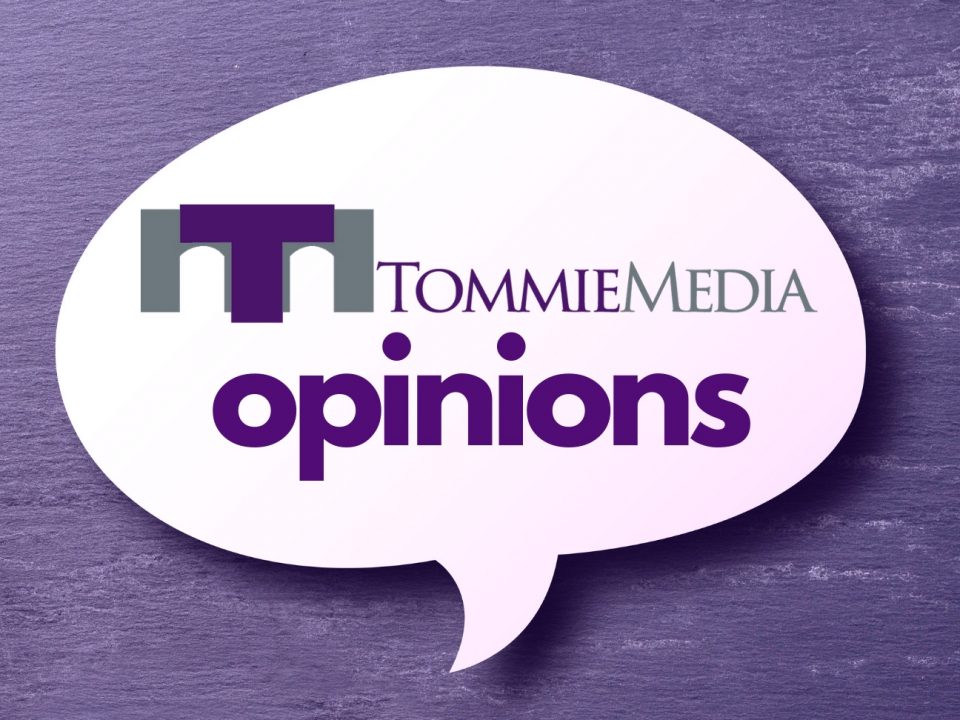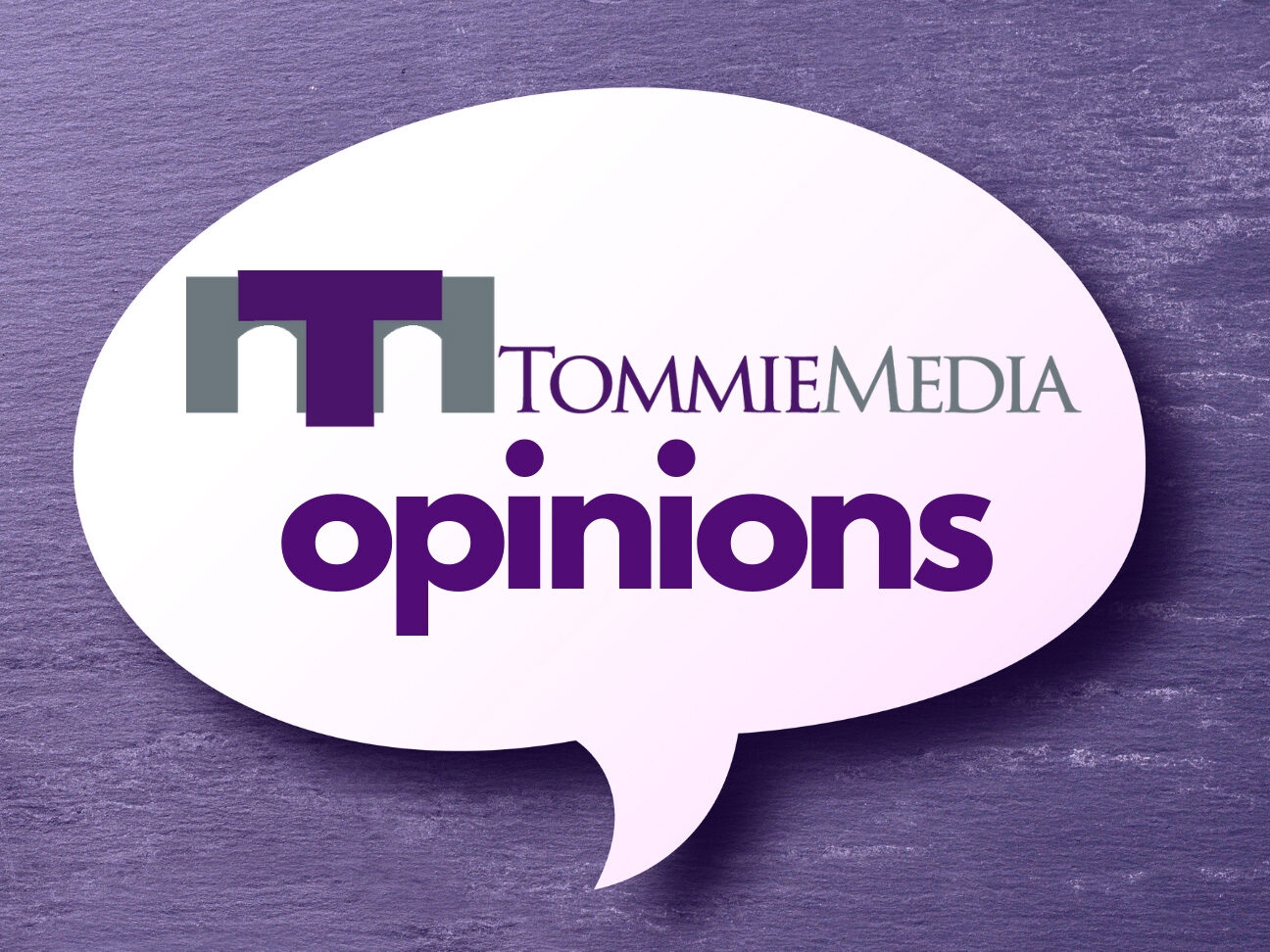
When analyzing a literary text, some will take the position of “death of the author.” This is based on French literary critic Roland Barthes’ 1967 essay “The Death of the Author.” Barthes argues that the writing and the author are unrelated, and readers do not need to incorporate the intentions or biographical context of the author in order to analyze or critique a text.
Essentially, once the author takes their pen off the paper and sends the piece into the world, it is a separate entity.
To an extent, I agree with Barthes’ premise. A story should be able to stand on its own. Unless it’s a memoir or nonfiction piece, information about or intention from the author should not be necessary or heavily regarded.
On the flip side, context can do wonders for literary interpretation. Knowing the author’s background may not be relevant to the story itself, but it could add to the story’s depth.
As a reader and literature student, I am always looking for the deepest understanding possible. I want to get as much out of a text as I can. This implies accounting for any influence the author’s background might provide. Besides, most authors write to share some truth about life. This truth is usually something they have discovered or experienced and, thus, decide to share.
Yet, no matter what an author’s intentions are, they are the writer. Authors are inherently ingrained in their work. In this way, they do matter.
Their life story and the context of their writing might not be important for the story they produce, but no author can be fully separated from their work.
No writer writes the same. Voice and style, along with content, drastically shape a novel or piece. This uniqueness cannot be removed.
Writing comes with responsibility—particularly, a responsibility to truth. Every story I’ve read has sought truth in some form. From the most basic realizations about life to the intricate complexities of human relationships, writers are discovering humanity. Writing is a collective sharing of truth.
But what is the truth? Who decides what is true? Who has the authority to determine if what is written is true or not? Does truth matter in all stories?
A commonly argued and debated truth is representation. If an author includes some form of representation in their story, it is their responsibility to get it right.
An author is a single individual. They have their identity, experience and whatever influences they’ve encountered in life. These specific traits are what make an author’s voice unique. But they are also limiting.
Most stories have a multitude of characters. While being human allows authors to understand basic human emotions, a single individual cannot know or understand the breadth of human experience. Even with extensive research, some experiences cannot be fully understood. Sometimes, they require being lived through.
This is where the danger of stereotypes comes in.
Stereotypes are commonly held generalizations or ideas about specific groups or things. As an example, Americans are often stereotyped to be brash and arrogant. Of course, not every single American acts this way, but it is a commonly held understanding.
Stereotypes are often incorrect, at least in that they are so vague. They do not portray the whole picture about an individual or group. Sometimes, especially in regard to minorities, they can be incredibly harmful.
Authors should not fall back on them as a way to portray characters or situations. They perpetuate false thinking and understanding. On top of that, individuals of a group experience different things. The American experience varies widely, so singular stereotypes cannot possibly cover all lifestyles. The same goes for minority experiences. They cannot be reduced to a single—probably incorrect—generalization.
Many minority groups have been marginalized throughout history and in the publishing industry, and their stories deserve to be told by them.
In 2016, Lee & Low Books conducted a study to show the publishing industry’s representation and diversity, particularly within the business side. Overwhelmingly, the various departments—executive, editorial, sales, marketing, reviewing—are white, cisgender, heterosexual and nondisabled.
The publishing industry has gotten more inclusive over time, but it is still heavily skewed this way. Of course, the call for representation is present in every facet of society. Companies, businesses and industries outside of publishing are also seeking diversity.
Yet, it is more noticeable within publishing because the product is media. Books and stories are about people. This industry, and its reflection of humanity, is more important than a soap commercial, for example. The company producing this soap should still strive for diversity and inclusion, but diversity in publishing—in the stories shared—is paramount.
The We Need Diverse Books (WNDB) movement is a comprehensive effort toward boosting diverse and minority voices. These include ethnic minority members, those with disabilities and people with different sexual/gender identities.
Diverse authors and stories need to be sought out and welcomed in the publishing industry. On top of that, these stories need to be promoted once they are out on the shelves. To help with this, the Ownvoices hashtag, created in 2015 by author Corinne Duyvis, is used to recommend stories and novels written about and by diverse characters and authors.
Diversity in the literary world comes from what is selected and produced by publishing companies, what is marketed and what is read. In all areas, diversity can be expanded. The Ownvoices hashtag aims for increased inclusion. It is used to highlight diverse authors and stories.
In late August, New York Times Bestselling author Becky Albertalli published an essay called “I know I’m late.” on Medium, an online publishing site. Albertalli is known primarily for her novels “Simon vs. the Homo Sapiens Agenda,” “The Upside of Unrequited” and “Leah on the Offbeat.” All three are young adult romance novels, and all three have LGBTQ+ representation.
Over the course of multiple bestselling novels and the popularity of the movie adaptation “Love, Simon,” Albertalli was often in the spotlight. This brought a lot of attention to her and her books—plenty of praise, but a lot of questions and critiques, too. Many of the negative responses centered on her identity—her sexuality, more specifically.
In her essay, Albertalli wrote, “I was frequently mentioned by name, held up again and again as the quintessential example of allocishet inauthenticity. I was a straight woman writing s— queer books for the straights, profiting off of communities I had no connection to.”
Albertalli goes on to explain her journey to coming out as bisexual. She made it clear her declaration was not aimed at reducing or neutralizing criticism. She came out to state who she is.
But Albertalli’s case begs the question: Were readers and critics angry because the representation was faulty or harmful, or were they dissatisfied simply because Albertalli was not openly bisexual?
As readers, we have to understand authors will write characters who are different from them. Female authors will most likely include men in their stories. An elderly author might write a story about two best friends in kindergarten. Writers have the wonderful position of exploring lives other than their own. This is the beauty of creativity.
But again, this comes with responsibility. Part of writing is research, and that could be dedicated entirely to learning about their characters’ backstories and identities, especially if it is outside of the author’s knowledge and experience.
We need more Ownvoices stories and representation through authorship. Boosting representation will give power to voices that have been suppressed for too long.
Yet, diversity voices should not be limited to only writing about their experiences as a minority or diverse voice. They, like anyone else, are allowed to write stories about whatever they want. It is not their job to teach the public through their writing.
Even so, if minorities wish to write about their experience, the space should be available for them to do so. It will make the literary world richer.
Every single piece of work an author writes should not have to be an indicator of their personality. But for the sake of the characters and the group represented by that character, the author better be prepared to write it correctly.
Mistakes happen. Just as characters are flawed and gray and imperfect, authors are flawed. They are human. But they grow, and they can improve their craft.
More than anything, diverse authors need to be highlighted. These stories need to be welcomed and readily available for readers.
Maddie Peters can be reached at pete9542@stthomas.edu.

